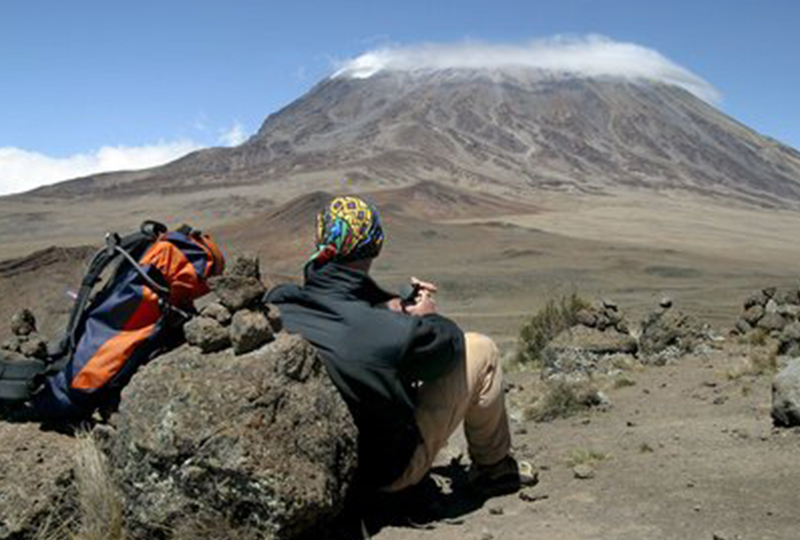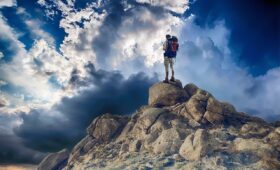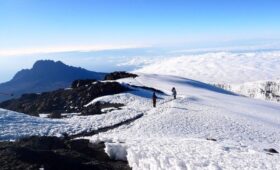10 Things You Didn’t Know About Mount Kilimanjaro.
Mount Kilimanjaro is one of the world’s most iconic mountains, attracting adventurers from across the globe. While many know it as Africa’s highest peak, there are plenty of fascinating facts that might surprise you. Here are 10 things you probably didn’t know about Kilimanjaro:
1. It’s a Massive Stratovolcano Composed of Three Peaks
Kilimanjaro isn’t just one mountain but three volcanic cones: Kibo (the highest), Mawenzi, and Shira. Only Kibo is dormant but still considered potentially active.
2. The Summit’s Name Means “Uhuru” – Freedom
The highest point, Uhuru Peak, means “freedom” in Swahili, symbolizing the achievement of reaching Africa’s rooftop.
3. It Has Lost Over 80% of Its Ice Cap in the Last Century
Kilimanjaro’s famous glaciers and snowfields are rapidly shrinking due to climate change, making the ice you see today much smaller than in the past.
4. You Can Experience 5 Different Climate Zones in One Hike
From tropical rainforest at the base, through heath and moorland, alpine desert, to the arctic summit, Kilimanjaro is a unique ecosystem journey.
5. The Mountain’s Name Means “Mountain of Whiteness”
“Kilimanjaro” is believed to derive from a combination of local words meaning “mountain” and “whiteness,” referring to its snowy peak.
6. It’s One of the World’s Tallest Freestanding Mountains
Unlike mountain ranges like the Himalayas, Kilimanjaro rises alone from the surrounding plains, making it one of the tallest freestanding mountains globally.
7. Local Chagga People Have Many Legends About Kilimanjaro
The Chagga tribe, indigenous to the area, regard Kilimanjaro as sacred, with many myths explaining its formation and powers.
8. Summiting Doesn’t Require Technical Climbing Skills
Unlike many tall mountains, Kilimanjaro can be climbed without ropes or mountaineering gear, making it accessible for fit trekkers.
9. It’s a UNESCO World Heritage Site
Declared in 1987, the Kilimanjaro National Park protects the mountain’s diverse flora, fauna, and unique landscape.
10. Thousands Attempt the Climb Each Year, But Success Depends on Acclimatization
Even fit climbers can struggle with altitude sickness. The key to success is taking time to acclimatize properly, which is why longer routes have higher summit rates.
Want to Experience Kilimanjaro for Yourself?
At Mandari Travel, we provide expert-guided climbs tailored to your fitness and experience level. Reach out today for more info!
Email: info@mandaritravel
📞 Call/WhatsApp +255 750 900 811
Request a Quote
Fill out the form below and get your personalized Kilimanjaro adventure plan!




